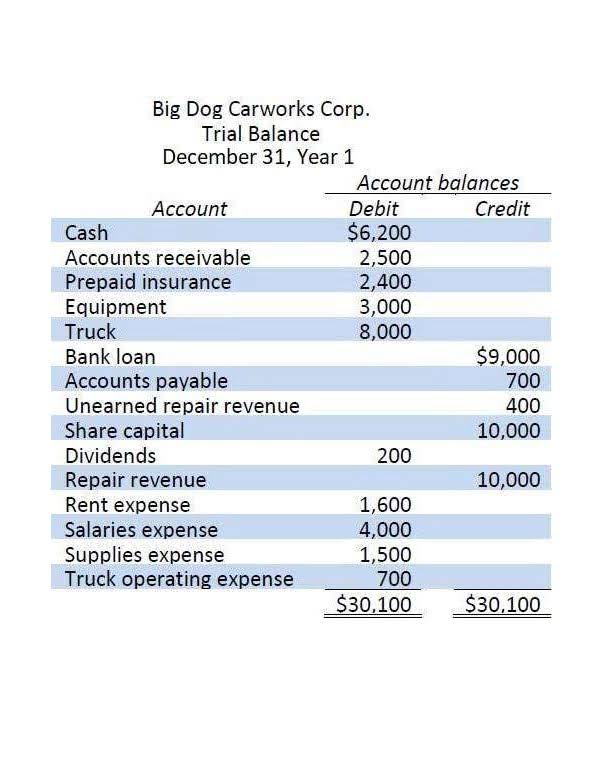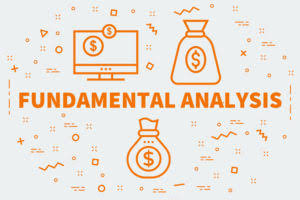
Utilize technologies like supply chain analytics and forecasting tools to make informed decisions and improve overall efficiency. Investing in technology and automation can streamline production processes, reduce labor costs, and minimize errors. Modern manufacturing technologies such as robotics, IoT (Internet of Things), and AI (Artificial Intelligence) can enhance productivity and efficiency. For instance, automated assembly lines can improve throughput and consistency while requiring fewer manual interventions. Understanding the cost of production is necessary to optimise operations by reducing production costs and maximising profits. Strong relationships with suppliers can help obtain raw materials at better prices.

How to calculate manufacturing overhead

The production cost formula is a financial metric that is used for calculating the total cost incurred for production of any product or service within an organization. Cost itself can be understood as the value of money required to produce a product. The total cost refers to the total e.g. production costs, including both fixed and variable costs.
- Before calculating the direct labour costs per unit you need to know how to calculate the direct hourly labour rate and direct labour hours.
- Calculating the cost of goods manufactured helps businesses determine the total cost incurred in producing goods ready for sale, aiding in pricing decisions and financial reporting.
- Direct materials are the inventory stock items used to create a finished product.
- Exclude any indirect labor, such as administrative or maintenance staff.
- They are used to quantify, measure, and analyze financial transactions, performance, and positions of businesses and organizations.
Unit Cost
- However, manufacturing a car also requires lubricants like oils and grease.
- Next, calculate direct labor costs, which are the wages paid to workers directly involved in manufacturing.
- Marginal cost refers to the additional cost of producing one more unit of output.
- However, there are some considerations with using the total cost formula.
- Led by editor-in-chief, Kimberly Zhang, our editorial staff works hard to make each piece of content is to the highest standards.
- Selecting the right method depends on which factor, labor or machines, drives most of your costs.
- Conversion cost, a key element in cost accounting, involves the total expenses linked to the transformation of raw materials into finished goods in manufacturing.
Fixed cost is the cost spent on fixed factors such as land, building, machinery, etc. Also, Online Accounting the payment made on these factors remains the same whether the output is small, large, or zero. Understanding the Production Cost Formula is essential for businesses to determine pricing strategies and evaluate profitability.
What is Inventory Lead Time? A Beginner’s Guide

Adopting new technologies and having cordial relationships with suppliers can significantly help to bring down the cost of production. Production costs are the base cost over which the final pricing is set after considering other variables besides profits. Now, to derive the cost of production, the three components can total production cost formula be added. Improve inventory management, meet customer demand, and streamline supply chain operations.
- This insight into underlying costs can lead to better pricing, more efficient operations, and ultimately higher profits.
- Similarly, when the demand for a product decreases, production has to be reduced, which decreases production costs.
- Direct Labor refers to the wages paid to workers who are directly involved in manufacturing the product.
- Several production cost factors influence the overall expenses that a firm incurs during the manufacturing process.
- To calculate this, divide the number of units produced by the number of hours needed to produce them.
The optimal production level is where MC equals MR. Any deviation from this rule can lead to suboptimal production and https://www.bookstime.com/articles/prepaid-insurance-definition-and-examples profitability outcomes for the firm in perfect competition. However, in perfect competition setting, not only the total cost, but the marginal cost (MC) – the cost of producing one additional unit of a product – plays a pivotal role. In the unique framework of perfect competition, determining the total production cost is essential for firms to understand their profitability potential. Diving deeper into the intricacies of production cost, one of the key areas of consideration is how it contrasts with period cost.
- The more input a firm adds to the production processes, the higher its revenues and profits will be.
- As a result, your total variable cost for producing 3,000 cups of coffee is £2,400.
- This purchases budget is required to calculate the amount of raw material that needs to be purchased for the production process and estimate the related costs.
- Variable costs are those that rise or fall in response to production output or business activity; as production rises, so do variable costs.
- Cost of Goods Manufactured (COGM) is a vital cost accounting measure that includes all expenses incurred in producing finished goods during a specific period.
- It is calculated by dividing the change in total cost by the change in output.
- The budget includes every cost related to the production process other than costs related to direct material and direct labor.
Total Manufacturing Cost Formula (A Step-by-Step Guide)

Direct costs for manufacturing an automobile, for example, would be materials like plastic and metal, as well as workers’ salaries. Indirect costs would include overhead such as rent and utility expenses. Total product costs can be determined by adding together the total direct materials and labor costs as well as the total manufacturing overhead costs. To determine the product cost per unit of product, divide this sum by the number of units manufactured in the period covered by those costs. The average total cost refers to the cost per unit produced within an organization. For a company to be profitable, the price of the product must be greater than its average costs.